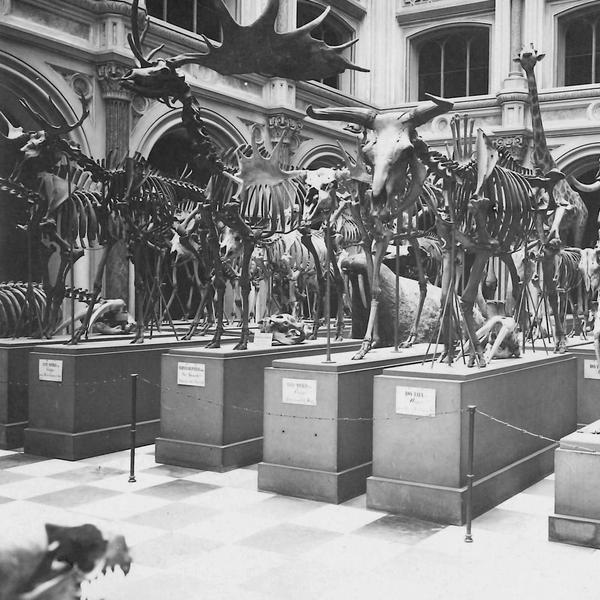History of the Geological Museum
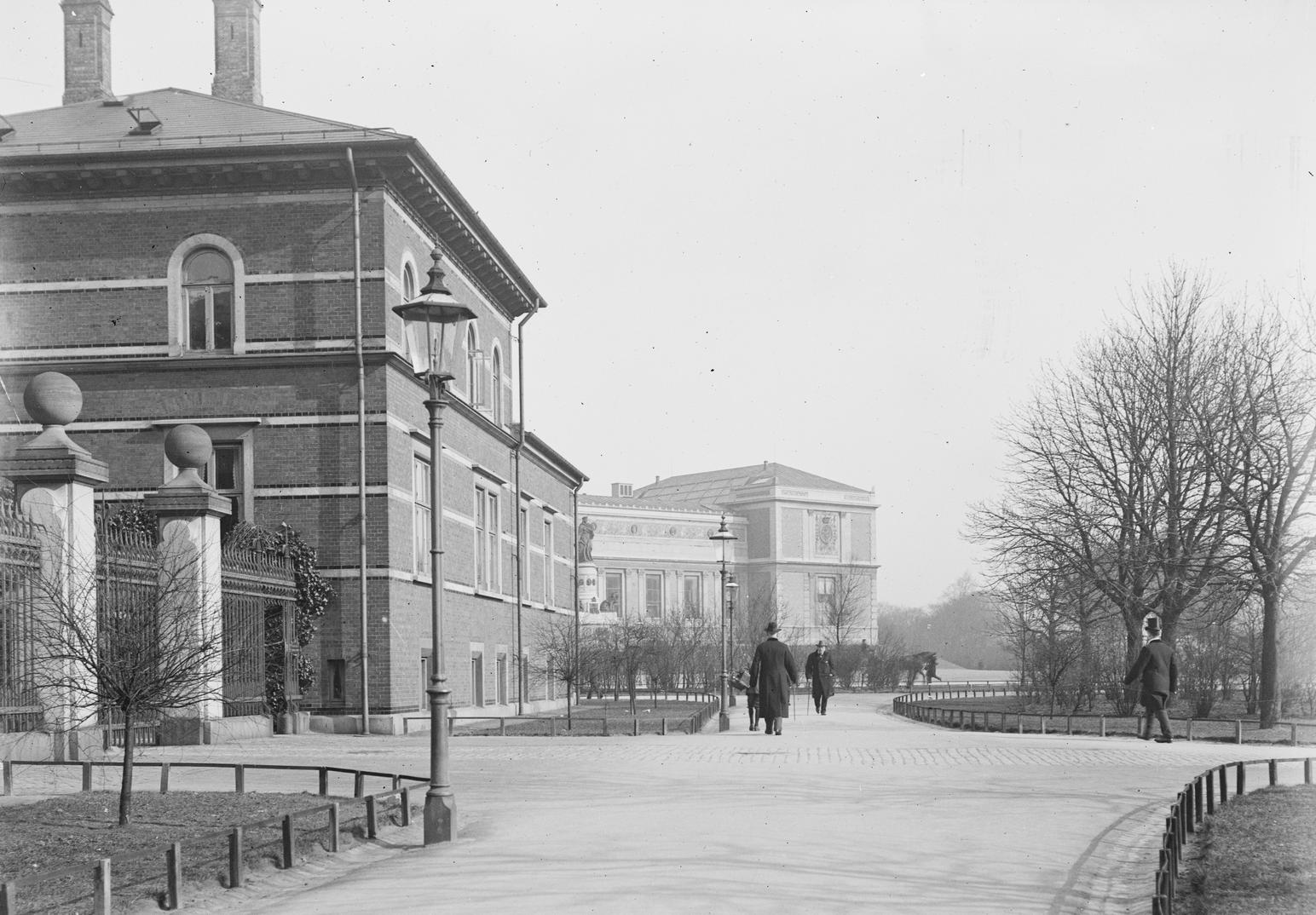
1772
New Natural Theater
As a true university museum, the Geological Museum can trace its origins back to 1772, when the university's 'New Natural Theater' was inaugurated in the Communitetsbygningen on Nørregade. The museum remained there for 120 years. During this period, the collections grew significantly, including the acquisition of private and royal collections, such as the valuable collections from Christian VIII's 2nd Particulaire Mineral Cabinet.
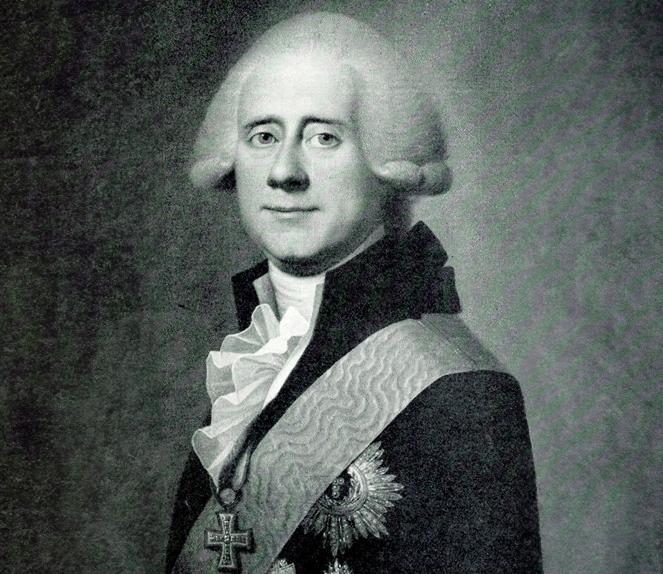
Count Joachim Godske Moltke painted by Jens Juel in 1796.
1810
Count Moltke's University-affiliated Mineralogical Museum
A landmark event in the museum's history occurred in 1810 when Count Joachim Godske Moltke purchased the university's zoological and mineralogical collections, combined them with his father's significant collections, and donated the entire collection back to the university along with an annual grant of 200 rigsdaler for the museum's operation and the expansion of the collections. The museum was subsequently named 'Count Moltke's University-affiliated Mineralogical Museum'.
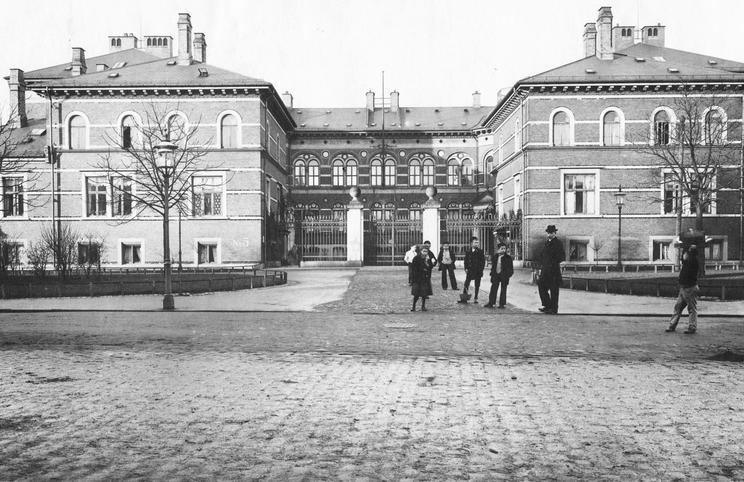
Geological Museum as seen from Øster Voldgade around 1917, following the construction of the boulevard.
1893
Geological Museum on Østervold
In 1893, the museum moved to Østervold, where a new building was constructed to house both the Mineralogical Museum and the University's Chemical Laboratory. A few years later, the first exhibition halls were opened to the public.
1962
The Museum Occupies the Entire Building
The chemists vacated the building, and the geologists took over the entire premises at Østervold 5-7. Since then, both the Geological Survey of Greenland and the former Geological Institute, both of which originated in this building, have also relocated. The Geological Museum now occupies the entire building complex.
2004
Merger of Three Museums and a Garden
The Geological Museum, Zoological Museum, Botanical Museum, and Botanical Garden were merged under the umbrella of the Natural History Museum Denmark with the ambition to unite and strengthen the narrative of natural history.
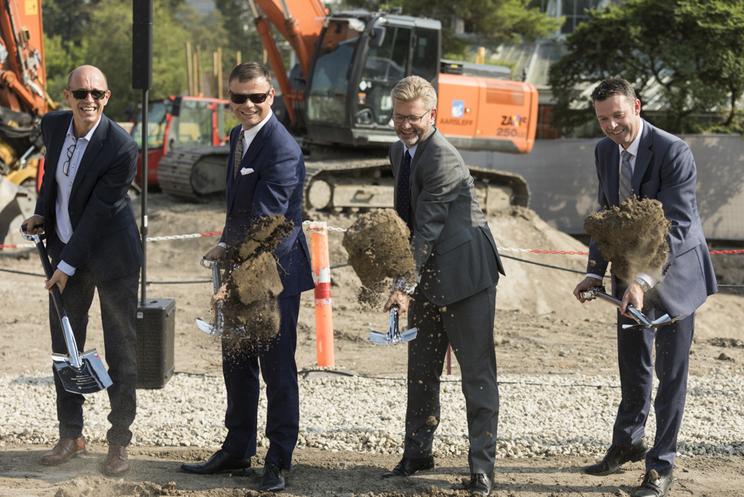
Photo: The Danish Road Directorate
2019
Groundbreaking for the New Museum Building
On a warm August day in 2019, the groundbreaking ceremony for a new large museum building took place at the Sølvtorv complex in the corner of the Botanical Garden. The building, designed by Lundgaard & Tranberg Architects and Claus Pryds Architects, will unite the entire Natural History Museum Denmark, including the old Geological Museum, under one roof.
The first sod was turned by Mayor Frank Jensen, Rector of the University of Copenhagen Henrik C. Wegener, Chairman of the VILLUM FOUNDATION Jens Kann-Rasmussen, and Museum Director Peter C. Kjærgaard.
The first sod was turned by Mayor Frank Jensen, Rector of the University of Copenhagen Henrik C. Wegener, Chairman of the VILLUM FOUNDATION Jens Kann-Rasmussen, and Museum Director Peter C. Kjærgaard.
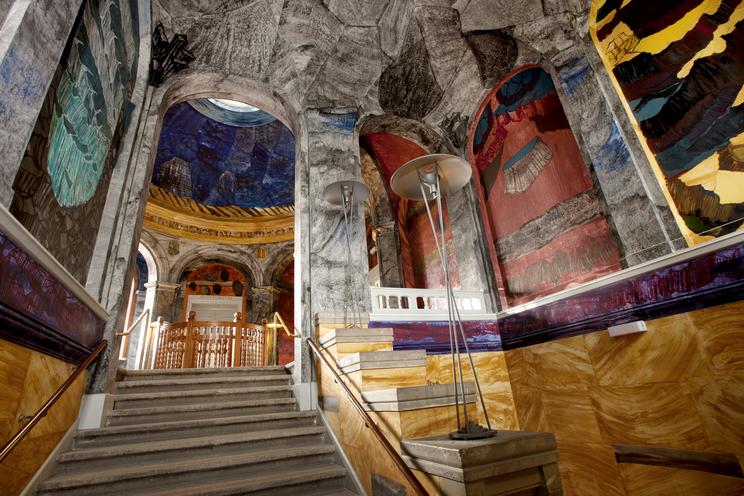
Per Kirkeby Rotunda at the Natural History Museum Denmark.
2020
The Current Natural History Museum Denmark at Østervold
In early 2020, the Geological Museum at Østervold was renamed the Natural History Museum Denmark. For the first time, the Natural History Museum Denmark received its own visitor address under the unified name.
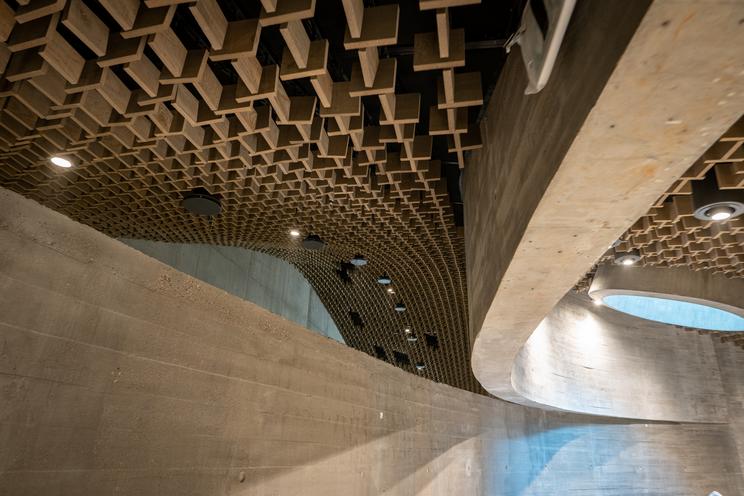
2026
The New Museum Building Opens
One of the largest museum construction projects in recent Danish history is opening to the public. The new building of the Natural History Museum Denmark is located in the corner of the Botanical Garden in the heart of Copenhagen, bringing the museum and its extensive collection together under one roof in beautiful new surroundings.
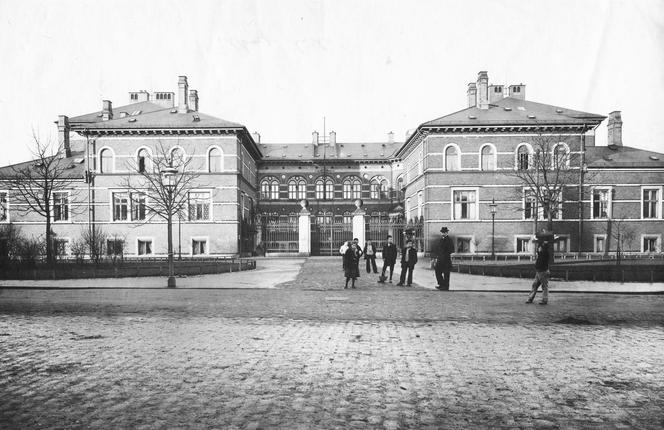
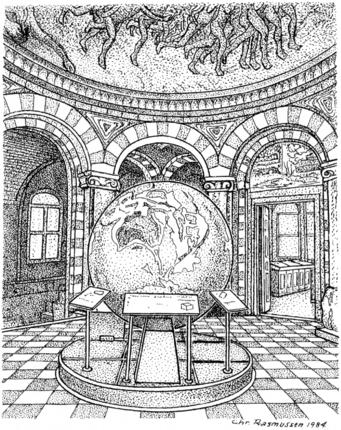
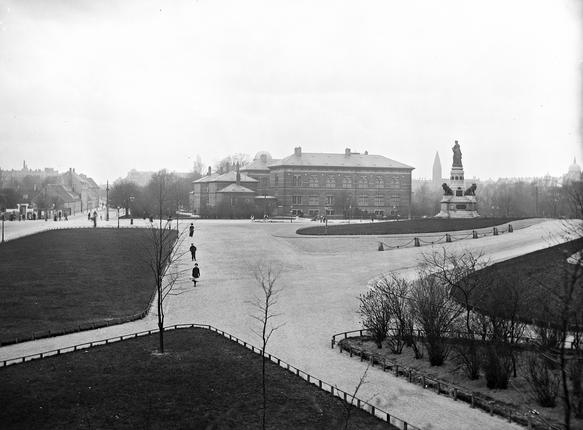
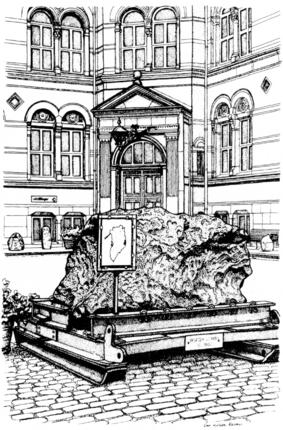
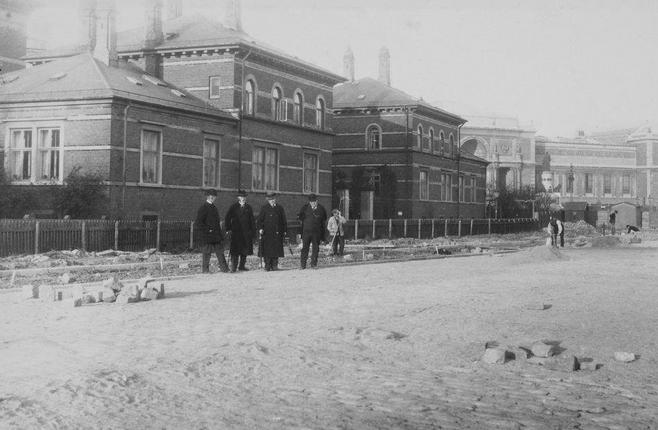
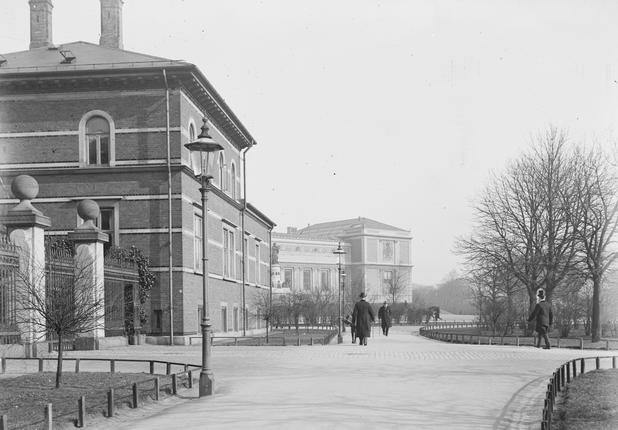
/
6
Children in front of the Geological Museum in 1917.
The Mathiesen rotunda at the museum drawn by Christian Rasmussen in 1984.
The Geological Museum seen from the square in front of the he National Gallery of Denmark (Statens Museum for Kunst) in 1911.
The Agpalilik Meteorite in the museum's courtyard. Drawn by Christian Rasmussen in 1984.
Øster Voldgade in front of the Geological Museum in 1916 during the construction of the boulevard. Photo: Museum of Copenhagen.
Geological Museum in 1903. In the background, the National Gallery of Denmark (Statens Museum for Kunst) can be seen.
